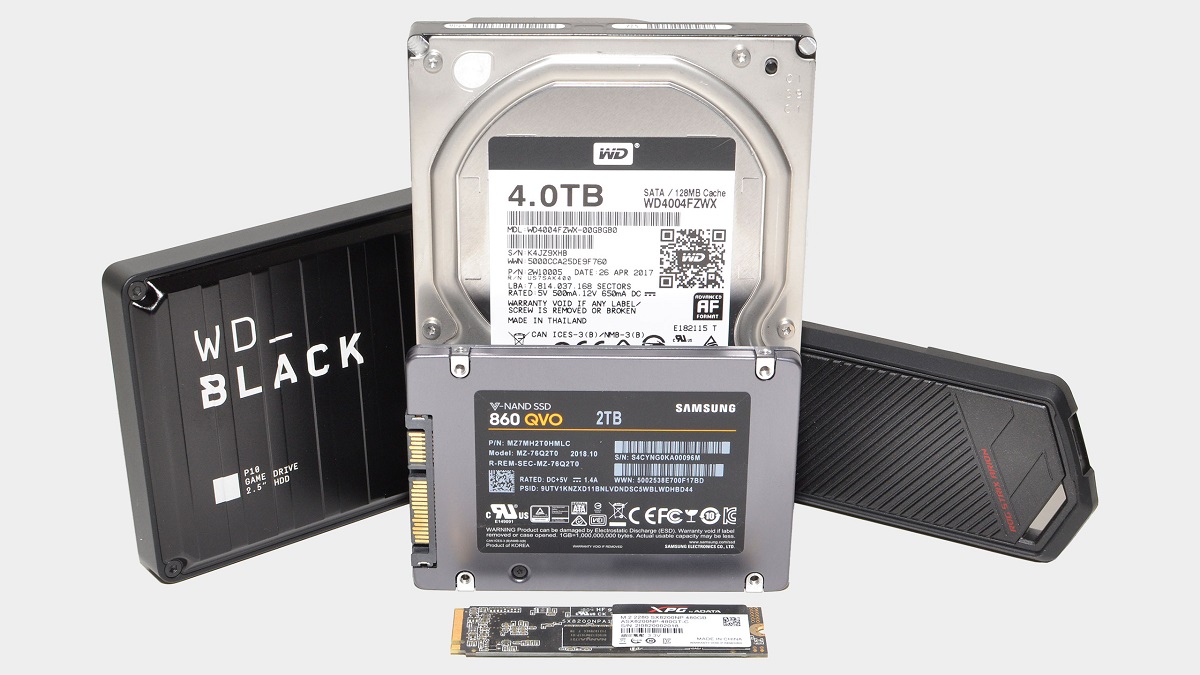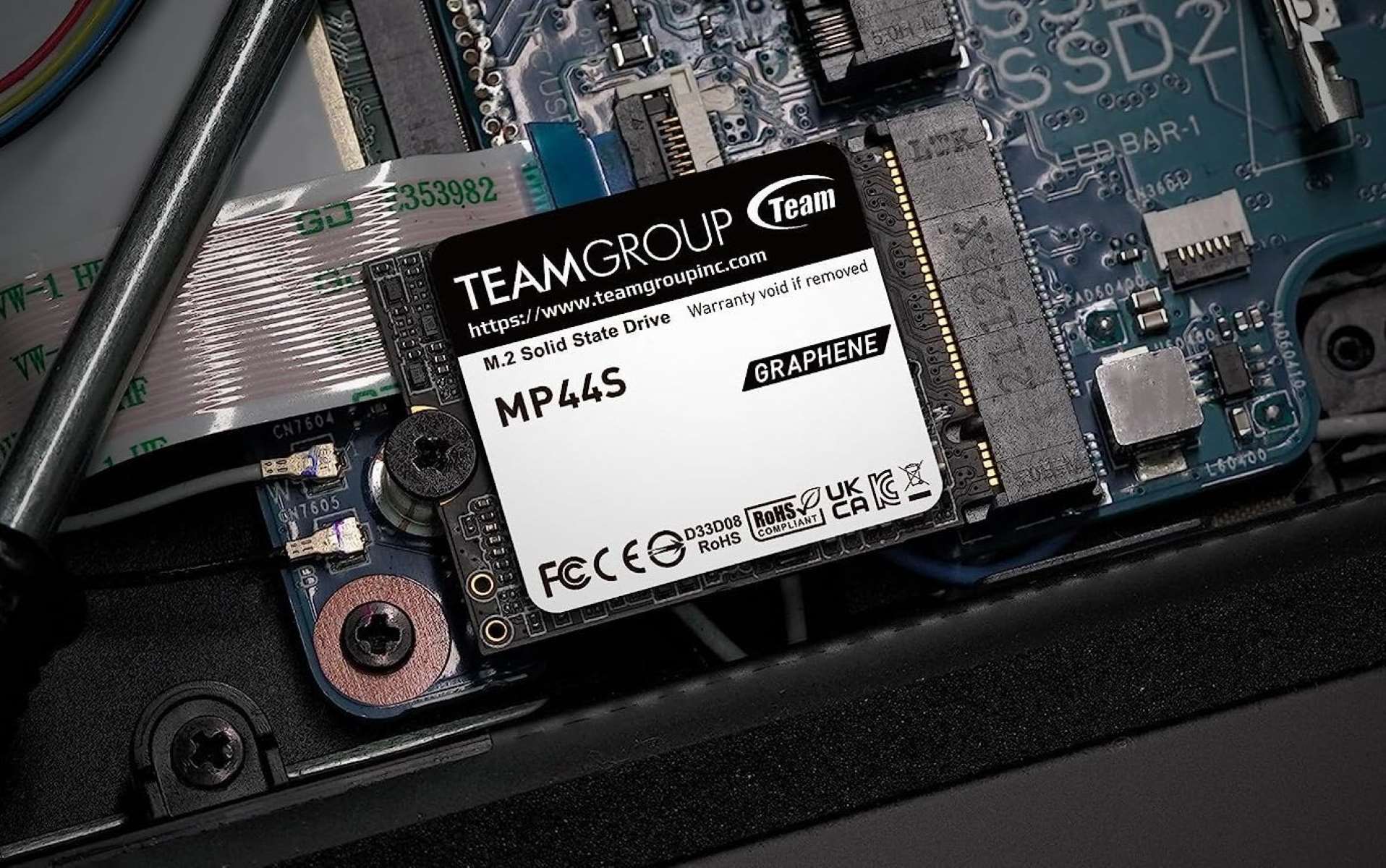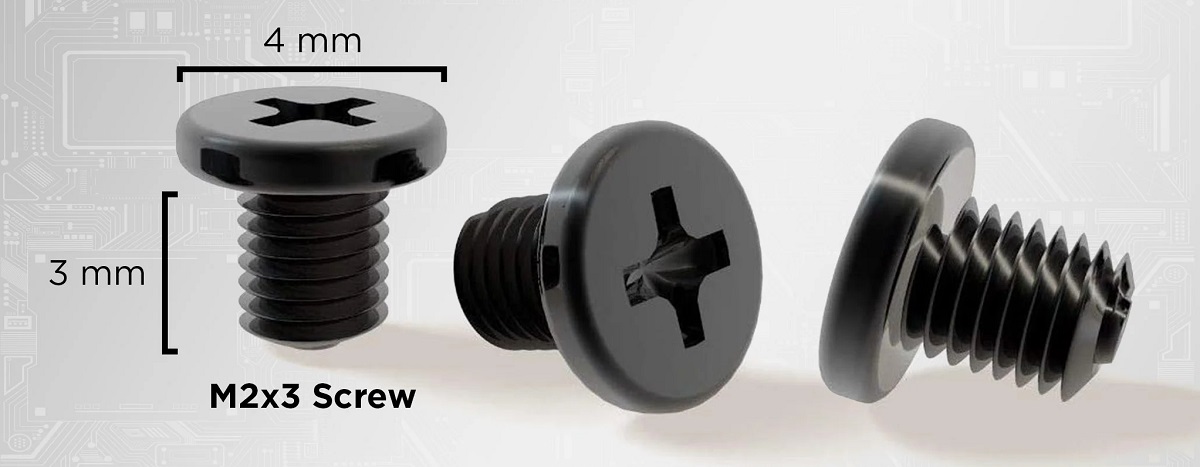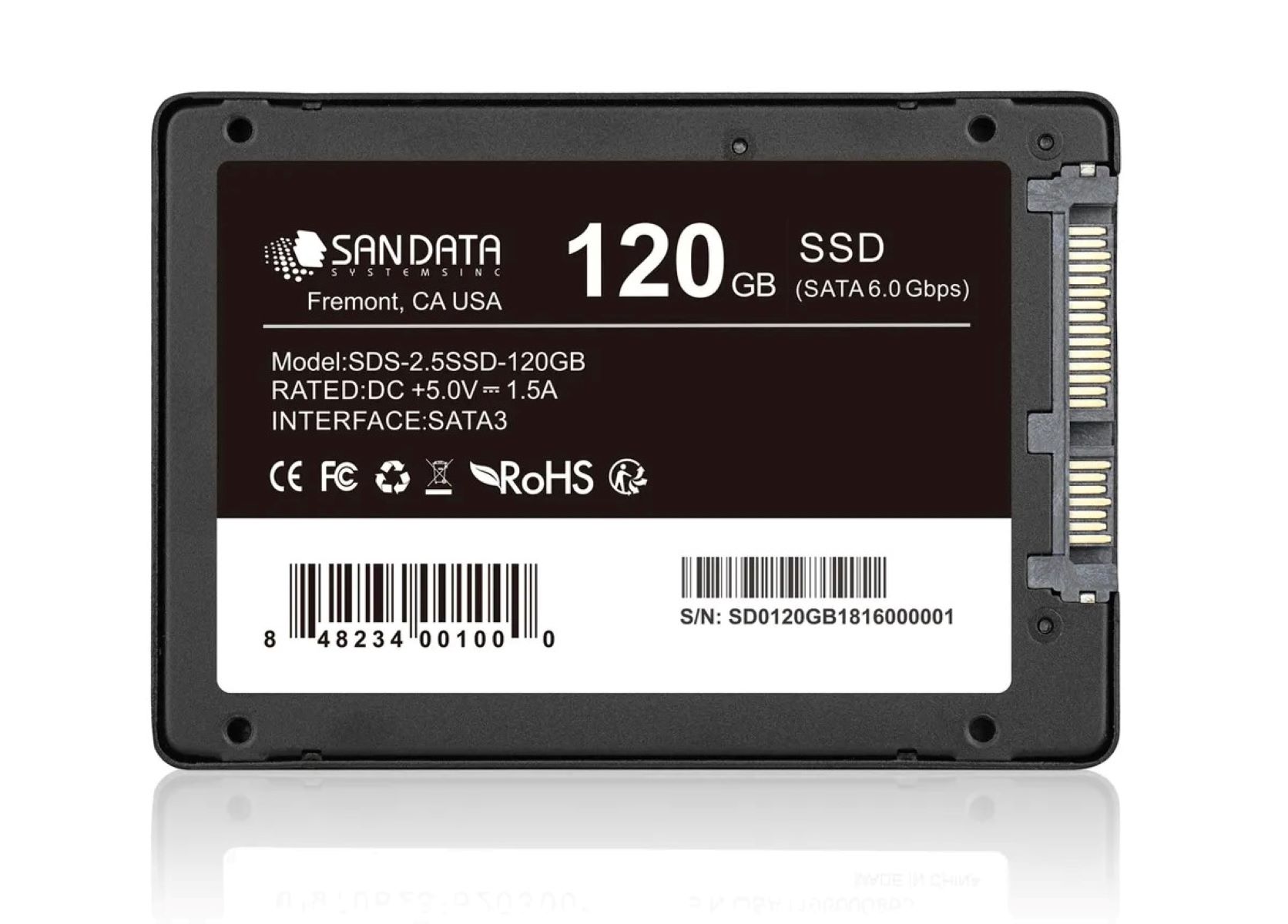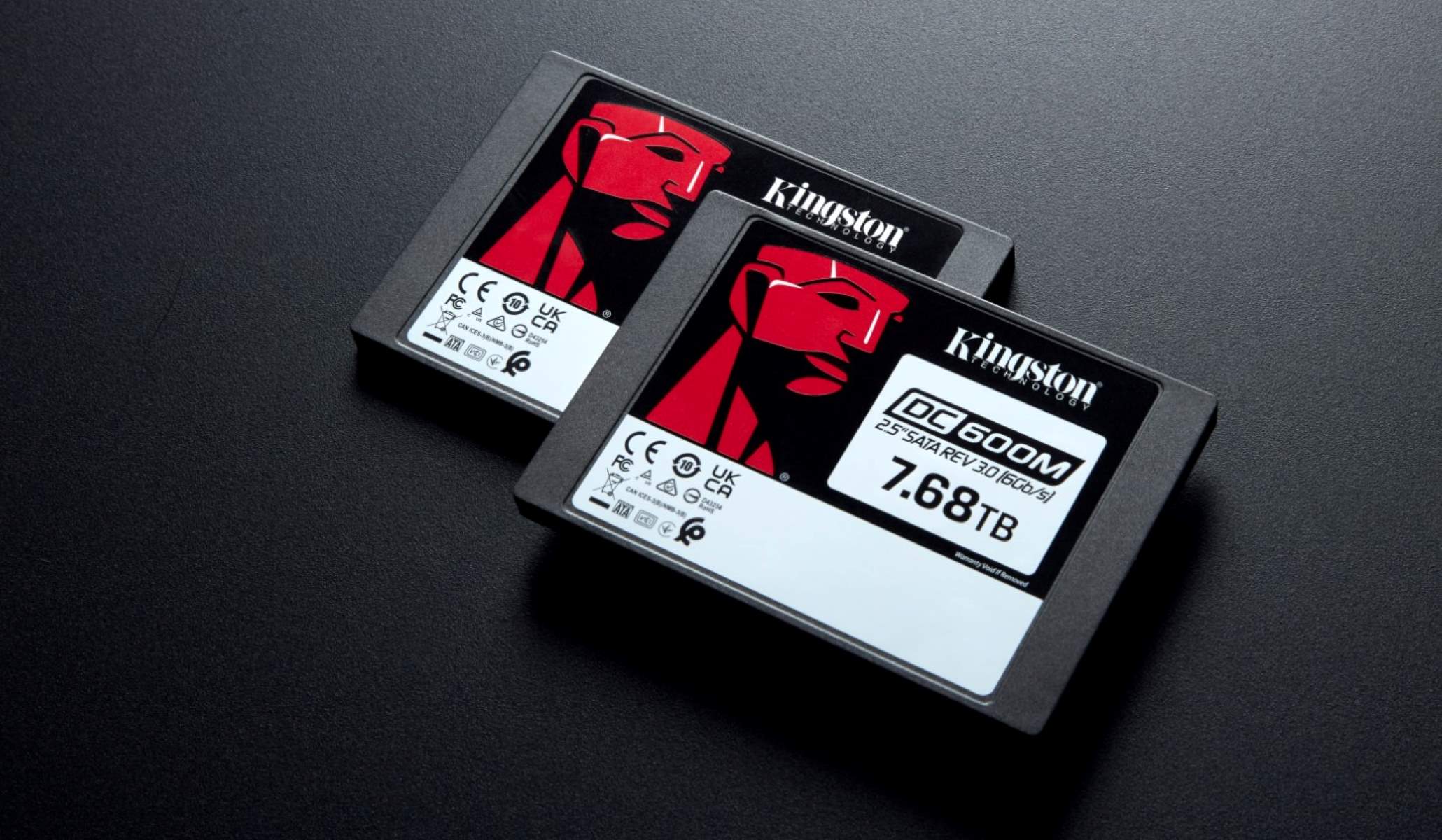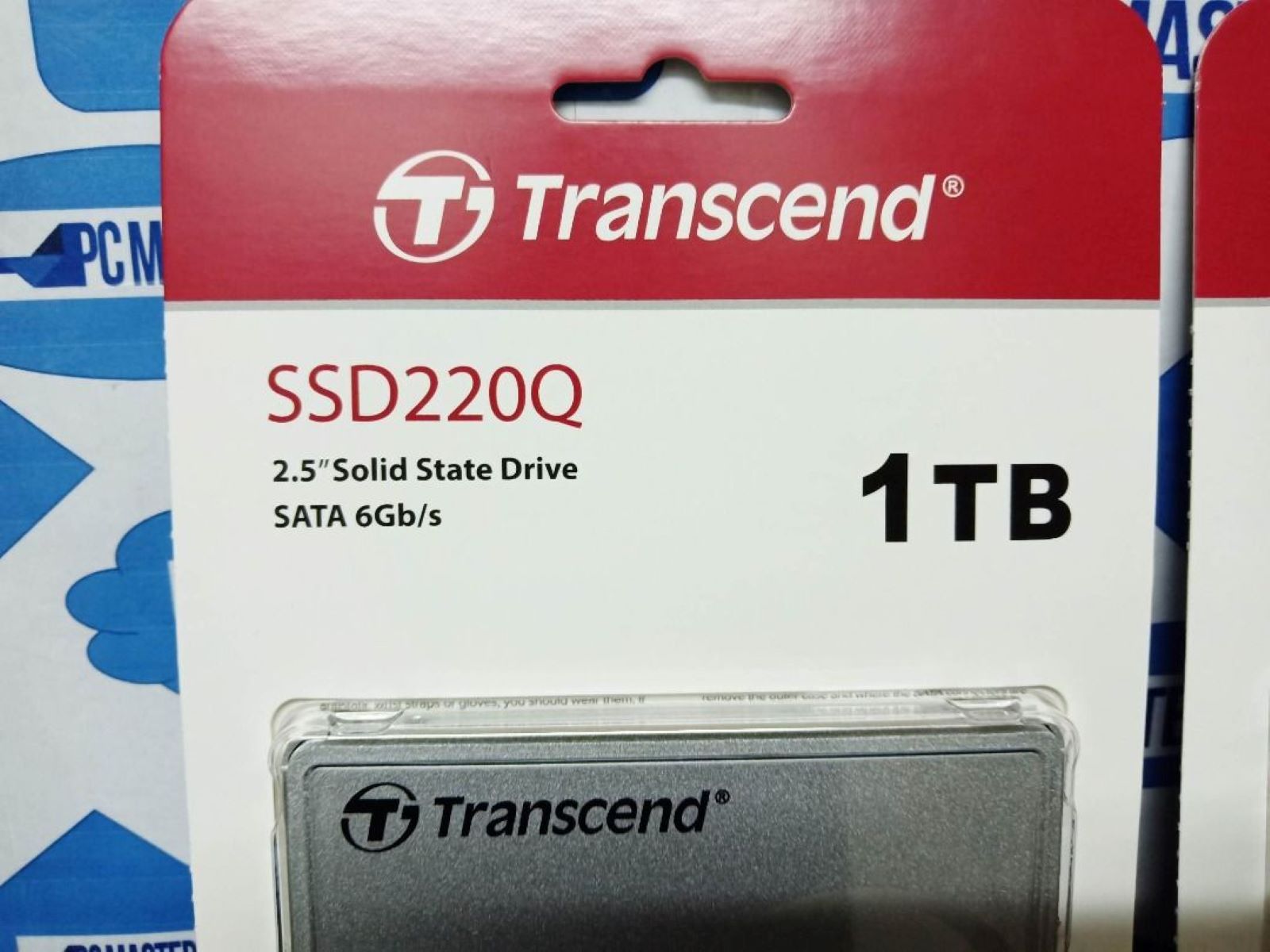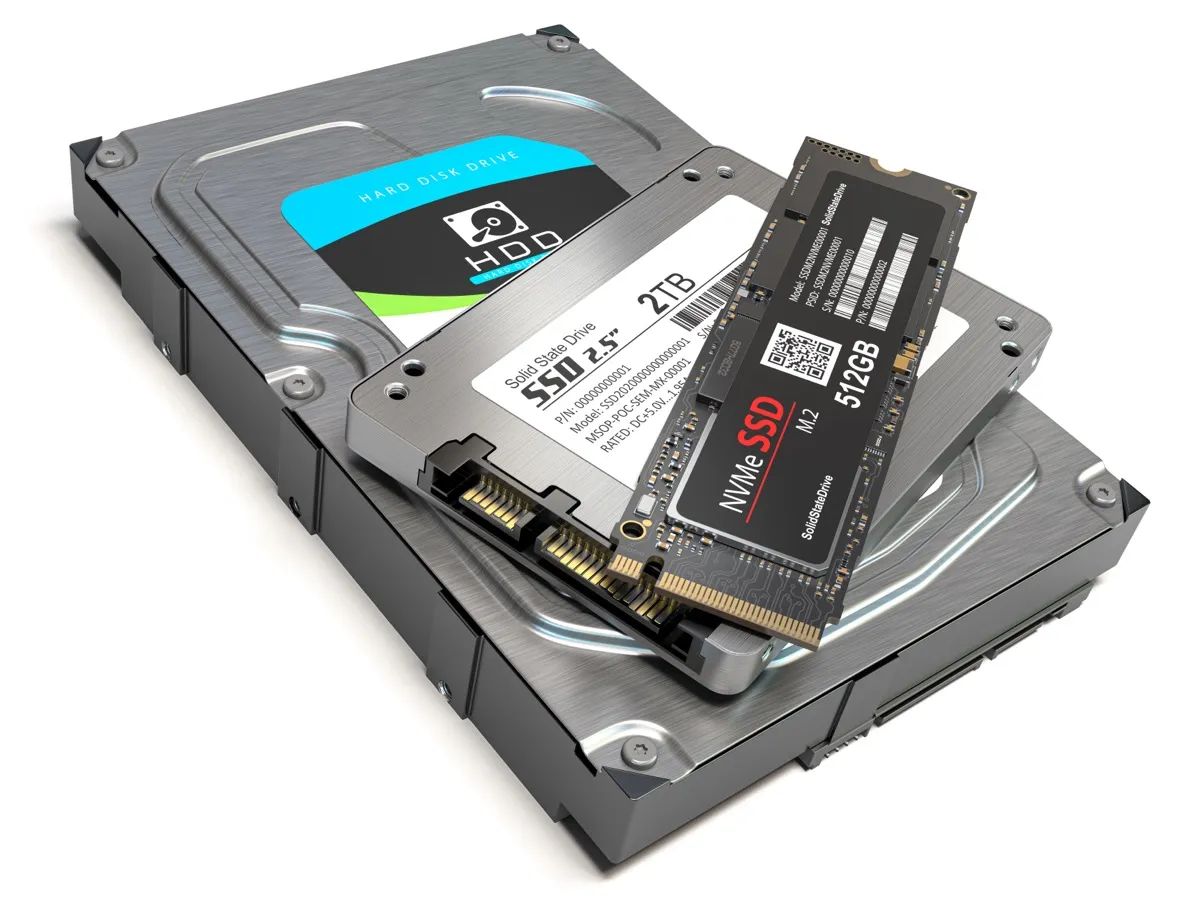Introduction
When it comes to checking the size of your computer’s SSD (Solid-State Drive), there are several methods you can use. Whether you’re looking to upgrade your SSD or simply want to know how much storage space you have left, knowing the size of your SSD is essential.
In this article, we will explore five different methods you can use to check the SSD size on your computer. These methods are easy to follow and can be used on Windows operating systems. From using File Explorer to accessing Disk Management and even utilizing the power of Command Prompt, you’ll have multiple options to choose from.
Knowing the size of your SSD is crucial for various reasons. It helps you determine how much free space you have for new files, whether you need to clean up your drive or consider upgrading to a larger SSD. Additionally, it allows you to plan your storage more effectively and avoid running into storage issues down the line.
Each method we will discuss comes with its own advantages and limitations. Some methods are more user-friendly, while others may provide more detailed information about your SSD. The choice ultimately depends on your preference and requirements.
Without further ado, let’s dive into the various methods you can use to check the size of your computer’s SSD.
Method 1: Using File Explorer
One of the simplest and most straightforward ways to check the size of your computer’s SSD is by using the File Explorer in Windows. Here’s how you can do it:
- Open File Explorer by pressing the Windows key + E on your keyboard, or by clicking on the File Explorer icon in the taskbar.
- In the left-hand navigation pane, locate and click on “This PC” or “My Computer”.
- Under “Devices and drives”, you will see a list of all the drives connected to your computer, including your SSD. The size of each drive is displayed below its respective drive letter.
- Find your SSD in the list and take note of its size, which will be displayed in gigabytes (GB) or terabytes (TB).
Using File Explorer is a quick and simple method to check your SSD size, especially if you are familiar with navigating through the Windows interface. However, keep in mind that this method only provides basic information about your drive’s size and does not offer any additional details.
Now that you know how to check your SSD size using File Explorer, let’s move on to the next method, where we will explore Disk Management.
Method 2: Using Disk Management
If you need more detailed information about your SSD, including partition layout and available space, using Disk Management is a great option. Here’s how you can check your SSD size using Disk Management:
- Open Disk Management by right-clicking on the Start button and selecting “Disk Management” from the menu.
- In the Disk Management window, you will see a list of all the drives connected to your computer. Locate your SSD which will be labeled with its corresponding drive letter and size.
- Right-click on your SSD and select “Properties” from the context menu.
- In the Properties window, you can view detailed information about your SSD, including its capacity, used space, and available space. The size will be displayed in gigabytes (GB) or terabytes (TB).
Using Disk Management provides you with more comprehensive information about your SSD, allowing you to have a better overview of your drive’s storage usage. Additionally, you can perform various actions such as creating, formatting, and resizing partitions directly from Disk Management.
Now that you know how to check your SSD size using Disk Management, let’s move on to the next method, which involves using Command Prompt.
Method 3: Using Command Prompt
If you prefer using the command line interface, Command Prompt provides a straightforward method to check your SSD size. Here’s how you can do it:
- Open Command Prompt by pressing Windows key + R to open the Run dialog box. Type “cmd” and press Enter.
- In the Command Prompt window, type the following command and press Enter:
wmic diskdrive get size - A list of all the disk drives connected to your computer, including your SSD, will be displayed along with their respective sizes. The size is usually displayed in bytes.
- To convert the size to a more readable format, you can divide the value by 1073741824 to get the size in gigabytes (GB).
Using Command Prompt allows you to quickly check the size of your SSD without the need for a graphical interface. However, it may be less user-friendly for those who are not familiar with command line operations.
Now that you know how to check your SSD size using Command Prompt, let’s move on to the next method, which involves using System Information.
Method 4: Using System Information
If you prefer a more comprehensive view of your computer’s hardware, including your SSD size, you can utilize the System Information tool. Here’s how you can check your SSD size using System Information:
- Open the Run dialog box by pressing Windows key + R. Type “msinfo32” and press Enter.
- The System Information window will open, providing you with detailed information about your computer’s hardware and software.
- In the left-hand navigation pane, expand the “Components” category and click on “Storage”.
- Under the “Storage” category, click on “Disks”.
- In the right-hand pane, you will see a list of all the disk drives connected to your computer, including your SSD. The size of each drive is displayed under the “Capacity” column.
Using System Information not only allows you to check your SSD size but also provides you with a wealth of information about your computer’s hardware configuration. It’s a useful tool for in-depth system analysis and troubleshooting.
Now that you know how to check your SSD size using System Information, let’s move on to the final method, which involves using Diskpart.
Method 5: Using Diskpart
Diskpart is a powerful command-line utility in Windows that allows you to manage disks, partitions, and volumes. It also provides a method to check your SSD size. Here’s how you can use Diskpart:
- Open Command Prompt by pressing Windows key + R to open the Run dialog box. Type “cmd” and press Enter.
- In the Command Prompt window, type “diskpart” and press Enter to launch the Diskpart utility.
- Once in Diskpart, type “list disk” and press Enter. This will display a list of all the disks connected to your computer.
- Locate your SSD in the list by looking at the “Disk ###” number and its corresponding size.
- To exit Diskpart, type “exit” and press Enter.
Using Diskpart allows you to have more control and flexibility over managing your disks, including checking the size of your SSD. However, it requires familiarity with command-line operations and caution while performing disk management tasks.
Now that you know how to check your SSD size using Diskpart, you have explored all five methods. Choose the method that suits your preference and requirements to get the information you need about your SSD size.
Conclusion
Checking the size of your computer’s SSD is an essential task to ensure efficient storage management and plan for future storage needs. Throughout this article, we have explored five different methods to help you determine the size of your SSD effectively.
First, we learned how to use File Explorer, which is a quick and straightforward method to find basic information about your SSD size. Then, we delved into Disk Management, which provides more detailed insights into your SSD, including partition layout and available space.
Next, we explored the Command Prompt, which offers a command-line approach for checking your SSD size. This method is suitable for users who are comfortable with the command-line interface.
We then discussed how to use System Information, a tool that provides a comprehensive view of your computer’s hardware, including your SSD size. This option is ideal if you need detailed information about your system’s configuration.
Lastly, we explored Diskpart, a powerful command-line utility that allows you to manage disks and volumes, providing a method to check your SSD size. This method offers greater control over disk management tasks.
By understanding and utilizing these methods, you can easily determine the size of your computer’s SSD. Whether you choose the simplicity of File Explorer, the insights of Disk Management, the command-line convenience of Command Prompt, the detailed overview of System Information, or the flexibility of Diskpart, the choice is yours.
Remember, knowing the size of your SSD empowers you to make informed decisions regarding storage management and future upgrades. So, take advantage of these methods to stay on top of your storage needs and optimize your computer’s performance.







